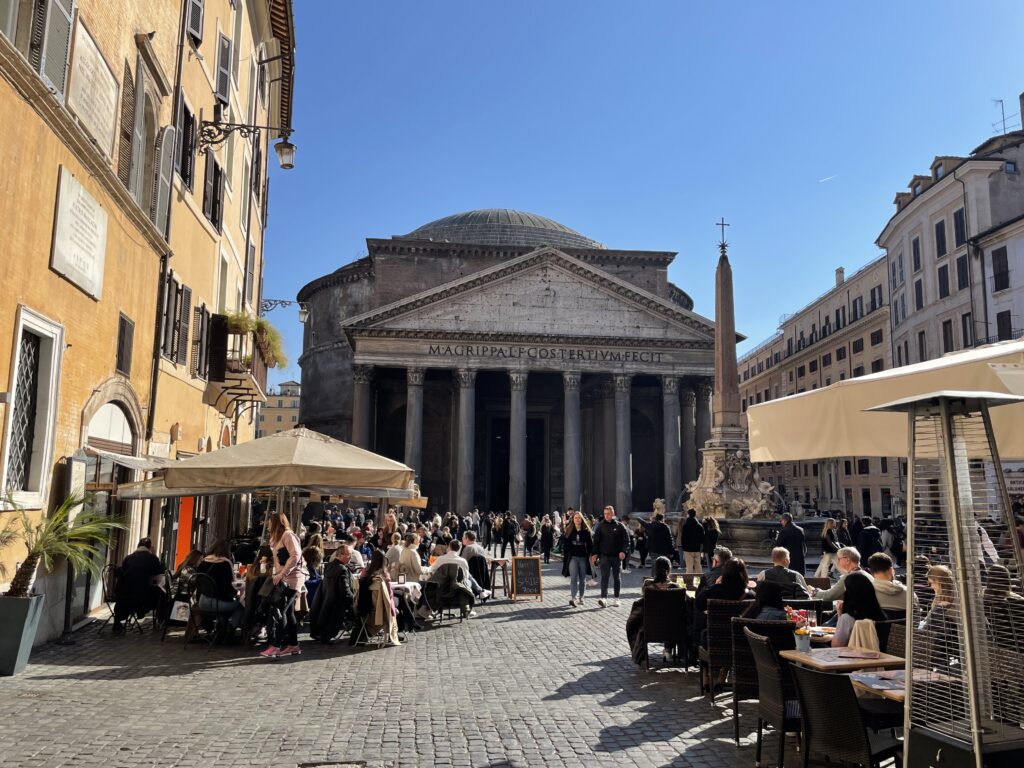I flew home to Southern California 3 days ago, and when looking for movies to watch on the long plane flight home, I came across Ben Hur, the perfect movie to kill a whopping 4 hours of flight time, all while doing something productive (writing this summary/reaction!).
This movie kicks off with the “Overture”, in which a narrator explains the Judean pilgrimage to Jerusalem. After this explanation, the birth of a baby is seen, in a scene oddly similar to nativity scenes at Christmas-time, with the narrator promising this baby would bring them salvation.
The movie then cuts to the time period where the rest of this movie is set in, where Ben0Hur meets with an old friend, Messala. Messala is now a powerful man in Rome, and Ben Hur sees rather quickly that he is no longer the man he became friends with, and refuses to work with him, leading to them becoming enemies. A parade is held in the city, during which tiles fall from Ben Hur’s roof, injuring a man. This is all Messala needs, and he condemns Ben Hur to prison. In prison, Ben Hur collapses one day, and is given water by a man who is presumably Jesus.
Ben Hur toils away, imprisoned for a long period of time, where he eventually ends up being one of many men rowing a battleship. A large battle ensues, and the ship is sunk. Ben Hur is unshackled due to him proving his trust previously, and manages to swim free in a scene with surprisingly good practical effects for the late 50’s. Hur survives with his captain/commander, and the two are eventually rescued, leading to Hur being a hero once again in the eyes of the people. He is freed by his commander, and adopted.
Ben Hur travels back to seek revenge on Messala, and along his travels is taught how to chariot race by a wise old man. He arrives back in Judea, and ends up facing Messala in a chariot race, the ultimate battle between two foes. This race is full of action, with Messala piloting a chariot equipped with bladed wheels. Ben Hur wins, as one would expect, and Messala is left in tatters. Before he passed away, he reveals to Hur that his mom and sister are in fact still alive, and have leprosy. Hur goes through a slew of emotions with familial issues, and eventually walks through the city, which is eerily empty. He eventually finds the trial of Jesus, and aids him much as Jesus helped him in the desert. Jesus is crucified on the cross, and miraculously his mother and sister are healed.
Overall, I enjoyed this movie, but it was far too long. If I wasn’t on an airplane with not much else to do, I probably wouldn’t have lasted through the entire movie. The depictions of Roman life were surprisingly good given the film’s age, but not enough to override the immense length and unsatisfying plot.




